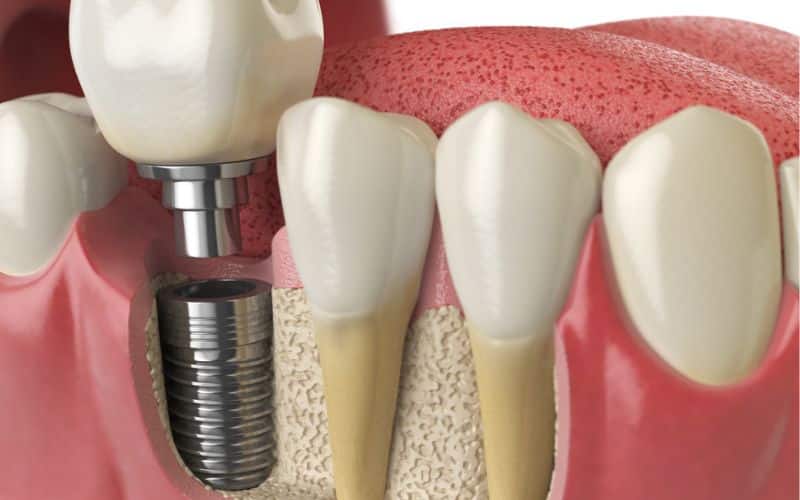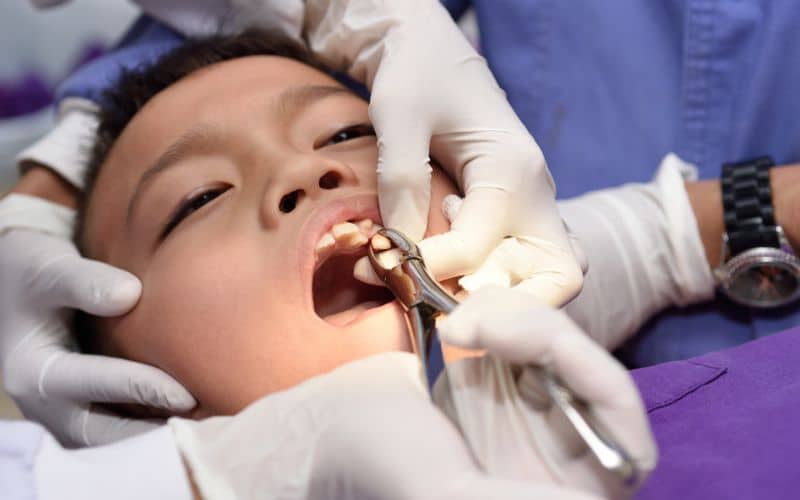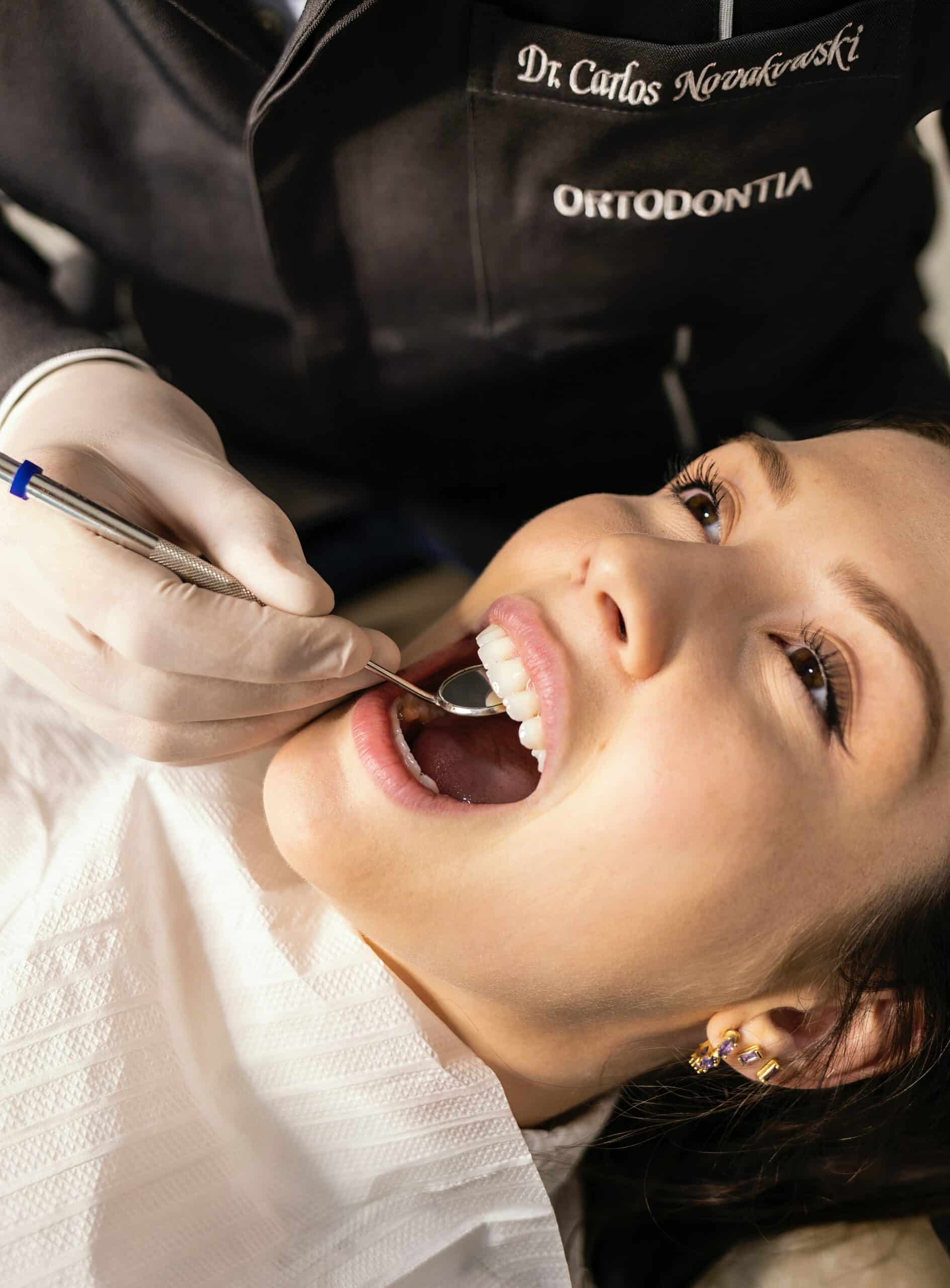Though teeth are the hardest substance in your body, it’s not impossible for them to fracture. Fortunately, dentists have a number of ways to treat broken and cracked teeth.
Depending on the severity of the break, treatment methods may range from minor repair to full replacement. Here are the main ways that dentists fix a badly broken tooth:.
1. Root Canal
While human teeth are extremely strong, they can still chip and break in certain situations. This can be caused by a fall, blow to the mouth or even biting down on something hard. Once a tooth is broken, it is very important to see the dentist as soon as possible.
A root canal is the most common treatment for a broken tooth. This treatment can save a cracked tooth that would otherwise be lost and prevent infection in the pulp. A root canal is a procedure that involves the removal of the infected or dead pulp of a tooth and the filling it with an inert material. This is usually followed by a dental crown to protect the tooth and improve its appearance.
Root canal treatment can also be used to repair a fractured tooth that is not painful. These types of cracks can become progressively worse and can lead to more serious problems like infection or even bone loss. To prevent further damage to the tooth, patients should avoid chewing on that side of their mouth and should take acetaminophen or other over-the-counter pain relievers when needed.
2. Filling

A filling is a dental procedure that helps fix a badly broken tooth. It involves the dentist applying a composite resin directly to the damaged area. The resin is molded and shaped to correct the appearance of the tooth. It is then hardened with a blue light.
The process begins with the dentist cleaning the area. They will remove any bacteria from the cavity or cracks in the tooth. If the tooth has a jagged edge, they may use dental wax to cover it. They will then rinse the area with lukewarm water. They will then numb the affected area with a local anesthetic.
If the break went deep into the nerve, they will likely recommend a root canal treatment to clear out the infected pulp. They will then place a dental crown to help protect the tooth and prevent future complications. They will also recommend a filling to repair the damage. In some cases, the cracked or fractured tooth may need to be replaced with a dental implant. This is often the case when the crack extends below the gum line and involves the roots of the tooth.
3. Crown
Dental crowns, or caps, are tooth-shaped porcelain covers that cover a broken tooth and give it back its strength. They also protect the underlying tooth from damage, bacteria, hot and cold liquids and food, and pressure.
The enamel of a tooth is some of the toughest tissue in your body, but it’s not indestructible. Falls, blows to the face, using teeth to open plastic or other packaging, and biting down on hard foods can all chip or break a tooth.
If a crown breaks, it’s usually not a dental emergency unless it has jagged edges that could cut your tongue or cheek. However, you should call your dentist to see if it can be reattached.
The dentist may start by numbing your gums to limit pain and then weaken the seal of the cement on the broken crown. He may do this by drilling a small hole, or cutting into the crown with a rotary tool to remove it one piece at a time. The dentist will then cement a new crown over the tooth, and it should look and feel just like a normal tooth.
4. Dental Implants

Dental implants are a relatively new technology that can replace a broken tooth or missing teeth. They are made from titanium rods that are implanted into the jawbone to emulate the roots of a natural tooth. These are then capped with a dental crown that resembles your actual tooth, creating a complete smile.
Whether you have a chipped front tooth or a badly cracked molar, it is critical to see your dentist as soon as possible. Ignoring a break can lead to the development of more severe damage or even infection in your tooth and gums.
There are several options for repairing a broken tooth, including veneers, bonding and dental crowns. Veneers are thin shells that cover the entire damaged tooth and can be matched to your natural tooth colour. Dental crowns are recommended for more significant breaks to prevent further damage, tooth decay and pain from exposed nerves. The process is longer and more costly than other options, but it offers the best result in terms of appearance and function. They are also the most durable option and can last a lifetime with proper care.
5. Extracting the Tooth

When a tooth is badly broken and cannot be fixed with a root canal or dental crown, the only option left may be to pull it. This should be done as soon as possible as the longer a tooth is exposed inside the mouth, the greater the risk of infection and abscess.
It is important to rinse the mouth after a break or chip to clean the area and reduce swelling. Biting down on a piece of clean gauze can help stop bleeding and pain can be managed with over-the-counter ibuprofen or acetaminophen.
If an entire tooth is knocked out, the ADA advises that you try to find it and put it back in its socket if possible, but only if it is not too dirty or bloody. Temporary kits that include dental wax and a saline solution or store-bought product such as Save-a-Tooth can be used to preserve the broken tooth until you are able to see your dentist.
The procedure to remove a tooth is performed under local anesthesia, with the help of special dental tools that elevate and/or grasp the visible portion of the tooth, while rocking it back and forth to expand the tooth socket. A socket will form that may later be restored with a dental implant.


